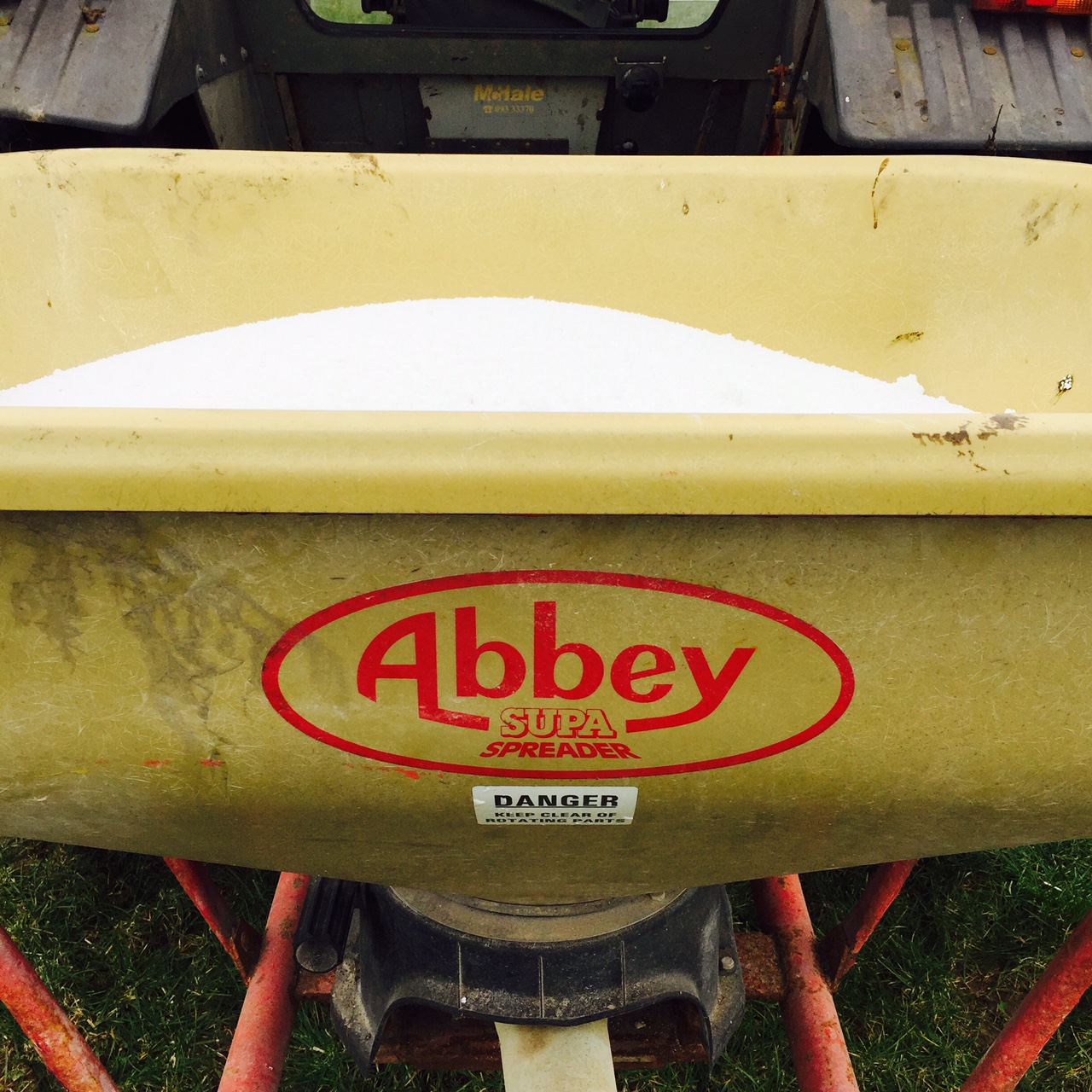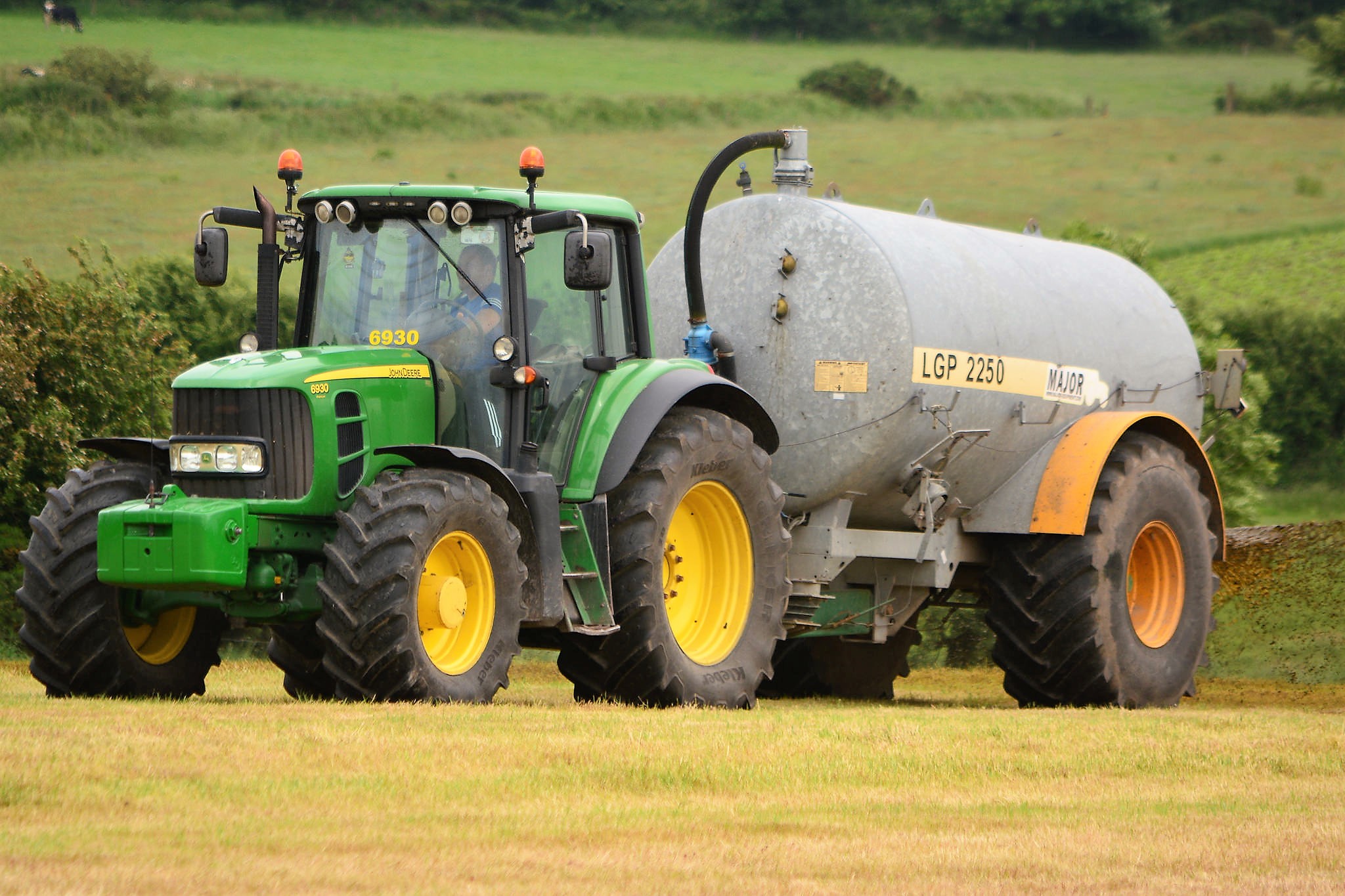June is a difficult month for managing grass. To help farmers, Teagasc has offered the following six tips.
1. Nitrogen applications
When it comes to fertiliser applications, Teagasc is advising farmers to continue to spread 1un of nitrogen per acre per day of rotation on grazing ground. There is no risk with using CAN (Calcium Ammonium Nitrate) in dry conditions.
2. Dealing with a ‘green’ drought
Where there is a ‘green’ drought, continue to hold the rotation length at 20-25 days. On dairy farms, Teagasc says, use up to 3-4kg of meal to fill the gap. Thereafter, use baled silage if the situation worsens.
It also reminds farmers that drinking water supply is very important in dry conditions; animals show signs of dehydration within 24 hours of not having access to water.
3. Fertiliser for second-cut silage
If not already done, farmers are encouraged to spread fertiliser on second-cut silage ground. Apply up to 80un/ac of nitrogen and 10-15un/ac of sulphur. Slurry applications are also recommended after first-cut silage; slurry is the equivalent of 6:5:30.
4. Replenishing potassium
When removing surplus bales, it is important that potassium (K) is replaced. If removing three bales of silage per acre, use one bag of 20:0:15 to replace the K.
5. An opportunity for lime
If there is an opportunity, apply lime to grazing ground to increase the pH of acid soils.
6. Prepare a fodder budget
Teagasc also encourages farmers to do a fodder budget now to establish the deficit for next winter. The earlier the gap is identified, the greater the options available to fill the gap.




